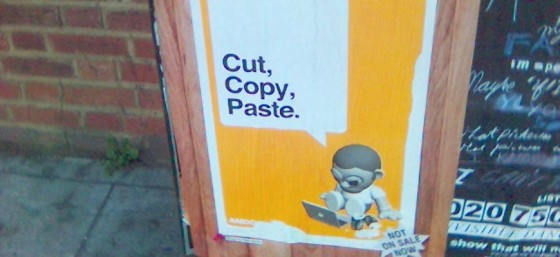A friend from my business mastermind group asked me to draft a nondisclosure agreement for her for an upcoming meeting she has to discuss a future project with a potential collaborator. She wants to be able to discuss the project to see if they want to participate in it without fear that the other person will decline the opportunity but then steal her idea and compete against her. (My friend is very smart.)
The first thing I did was grab my legal pad and start jotting down ideas for clauses to include – scope of the agreement, nondisclosure provision, non-compete provision, dispute resolution, severability, etc. As a lawyer, it’s my job to go through my mental checklist of all the terms the contract should have. I’ve always said that contracts are relationship management documents and they need to be written to cover that extent of it accordingly.
This morning, as I was walking my dog, I started looking at this contract from a different perspective – how can I humanize this agreement?
In my experience, many people are afraid of contracts or they don’t read them because they assume that they are full of legalese that they won’t understand or they’re just an annoying hurdle to clear as part of a more desirable event. When I was in law school, my friends and I went to Ladies Paintball Night; the worker behind the desk said he’d never seen anyone read the waiver prior to signing it. (We altered it, then we signed it.) When I moved to my current home, it took me hours to read the CC&Rs for my HOA. They were 78 pages long, and filled with excessive legalese I swear you needed a first-year law school education, at least property class, to understand them.
Contracts should be written in plain English, be as short as possible (cover the scope then stop), and set both sides up to feel secure in what they’re getting into. Whenever I write a contract, I prefer to refer to the parties as “I” and “you” because that’s how people speak and think. In regards to this current project, I want to phrase the provisions in a way so that when my friend presents the contract to prospective collaborators, they don’t feel like there being attacked or distrusted. This document should help both sides feel comfortable speaking candidly. Here are a few of the thoughts I have about how I want to phrase some of the provisions:
- I would not have asked for this meeting if I didn’t think you were an ideal collaborator for this project. But because this project is not only a central component of my future business plan and projected livelihood, it’s also dear to my heart, as a business owner, it’s essential that I protect it and myself. This agreement protects you too. This meeting, regardless of whether we work together on this project, should not be a hindrance to your ability to continue your professional pursuits.
- Although I don’t anticipate there being any problems between us as a result of this meeting (otherwise we wouldn’t be having it), this is how we will address problems should it occur. I hope neither of us is in a situation where we must resort to these extreme measures, but as business people we know we must be prepared for the worst-case scenarios, even when working with the best of expectations.
There is nothing wrong with contracts using the verbiage that humanizes both sides. In fact, I encourage it. People do business with people; therefore, contracts should be written from that perspective first. When appropriate, I also encourage clients to personalize their contracts and include a touch of humor or “Easter eggs” (because I’m weird like that). You can put anything you want in a contract, as long as it’s not illegal.
I love writing contracts, and I hope I get more opportunities to write agreements that are effective for the needs of my clients’ businesses and also who they are as individuals. If you want to connect with me and my experiences as a contract writer (including how I change almost every liability waiver I sign), you can contact me directly or connect with me on Twitter, Facebook, YouTube, or LinkedIn. You can also get access to more exclusive content that is available only to people on my mailing list, by subscribing here.









